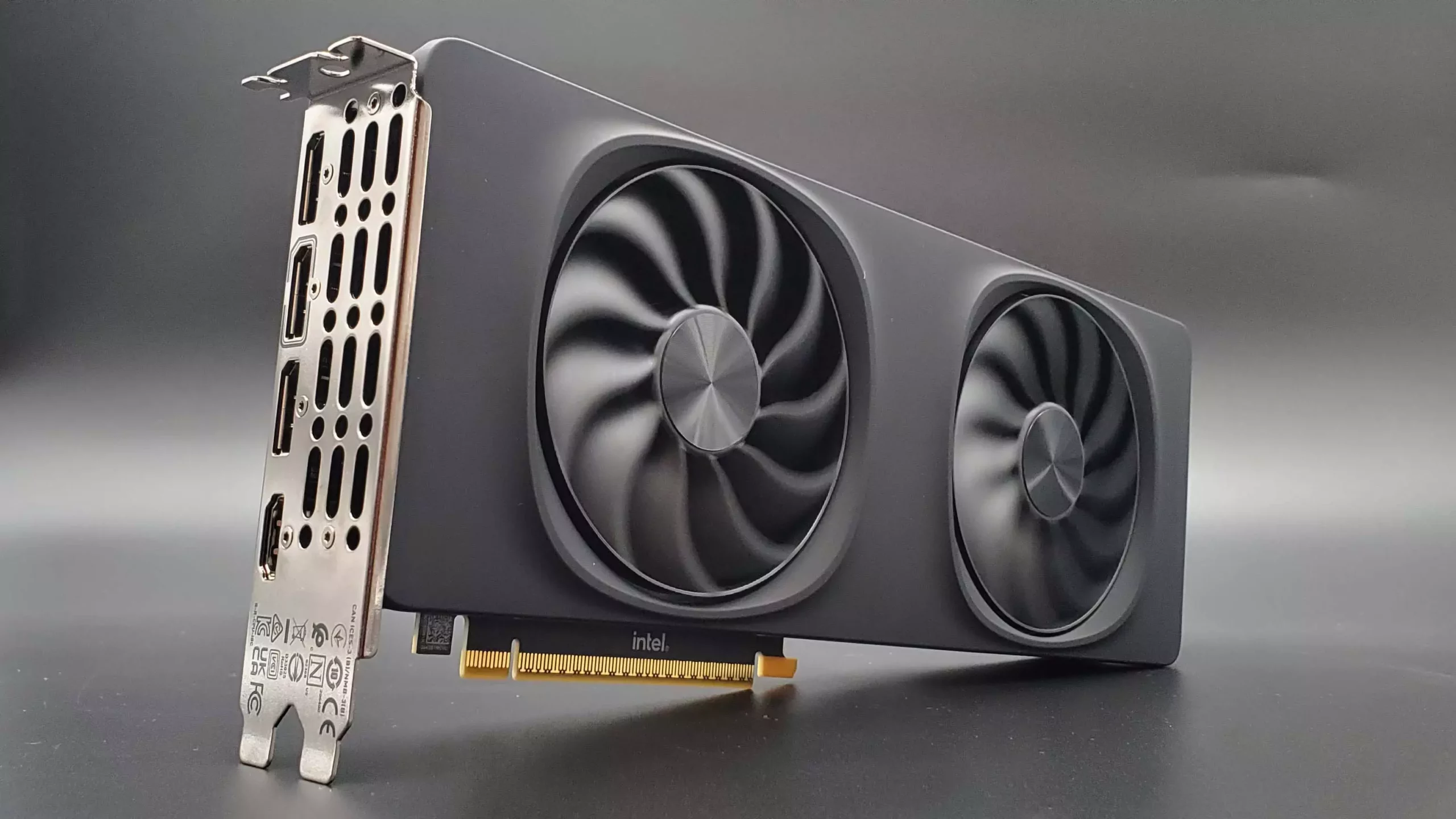In the dynamic realm of gaming hardware, the anticipation surrounding Intel’s potential release of the G31 GPU is palpable. Recently unearthed details from a shipping manifest have sparked excitement among enthusiasts and gamers alike. The prospect of a high-performance graphics unit priced around $400 that could rival Nvidia’s RTX 5070 has indubitably ignited imaginations. Given the current landscape where performance and cost are often at odds, the G31 might just be the answer many have been waiting for.
The Performance Benchmark: A Leap Ahead
Based on a variety of leaks, the G31 is rumored to surpass its predecessors by a significant margin. With 32 execution units (EUs), this new GPU is expected to offer nearly 50% better performance compared to the current Intel Arc B580, which operates using 20 EUs. When considering performance metrics, the G31 might place itself on a competitive pedestal alongside some of the heavyweight contenders in the market, specifically the Nvidia RTX 5070 and AMD Radeon RX 9070. This potential leap is not merely about numbers; it symbolizes Intel’s commitment to redefining its position in the graphics sector.
Manufacturing Mysteries and Market Skepticism
However, the path to a consumer-ready G31 card is fraught with uncertainty. An alarming piece of gossip suggests that Intel may have canceled the retail version of the G31 as early as last year. This quagmire raises questions about the viability of future Intel graphics cards; seeing “R&D” written across shipping manifests creates a cloud of skepticism. Such designations can either denote a pre-release workhorse or point toward markets that may never see them. Industry analysts are left grappling with conjectures that straddle the line between hope and doubt.
The Clock is Ticking
The critical factor in this emerging scenario is timing. For Intel to maximize the impact of the G31, launching it soon would be crucial. The gaming GPU landscape is rapidly shifting, marked by Nvidia’s and AMD’s enhancement cycles. Speculation posits that if the G31 does not hit shelves by 2025, its relevance could plummet amid anticipated releases from its competitors. Given the industry’s pace, it’s a race against time for Intel. A delayed entry could marginalize any advantages the G31 might hold, leaving Intel chasing shadows instead of leading the charge.
Intel’s Strategic Price Point Advantage
What presents a silver lining in this narrative is Intel’s historical pattern of aggressive pricing strategies. If the G31 aligns with the organization’s prior pricing structures, we could see a cutting-edge offering that not only competes but also undercuts major players like the RTX 5070 in the sub-$400 category. Such movements in pricing could disrupt the equilibrium, granting gamers delightful options without the hefty tags typically associated with high-end GPUs. For gaming aficionados, these considerations open doors to performance enhancements previously thought to be financially out of reach.
Ray-Tracing and Upscaling: A New Era of Gameplay
Beyond raw performance, the G31’s rumored capabilities might include exceptional ray-tracing prowess—an increasingly vital feature for modern gaming experiences. Coupling this with Intel’s XeSS upscaling technology could produce visuals that are not only striking but also deliver smoother gameplay. These aspects better position the G31 in a market that prioritizes immersive experiences alongside technological advancements.
As we navigate this fluid landscape, the excitement surrounding the Intel G31 GPU harnesses a blend of aspiration and realism. Will Intel rise to the occasion and deliver a product that meets the expectations of avid gamers while price competitors out of the race? Or will it succumb to the uncertainties of corporate strategy and internal challenges? The reality remains to be seen, but the whispers of potential echo as a reminder of the ever-evolving tech industry that has captured our collective imagination.


Leave a Reply